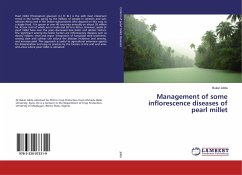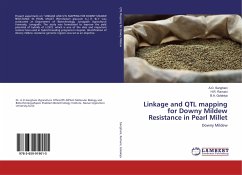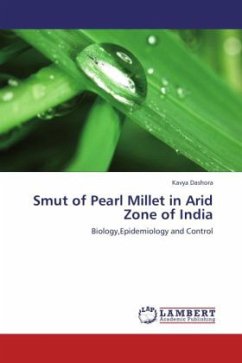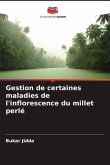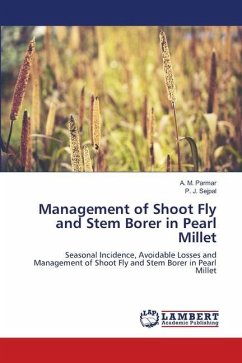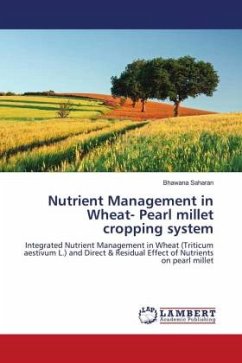Pearl millet [Pennisetum glaucum (L.) R. Br.] is the sixth most important cereal in the world, going by the millions of people in sahelian and sub-saharan Africa and in the Indian subcontinent who depend on this crop as a staple food. It is grown in over 40 countries annually on about 26 million ha, 42 per cent of which are in India and 58 % in Africa. However, yields of pearl millet have over the years decreased due biotic and abiotic factors. The significant among the biotic factors are inflorescence diseases such as downy mildew, smut and ergot. Integration of fungicidal seed treatment, sowing date and cultivar can reduce the diseases incidence and severity, and increase yield. This approach is useful to agricultural extension agents for dissemination and easy to practice by the farmers in the arid and semi-arid areas where pearl millet is cultivated.
Bitte wählen Sie Ihr Anliegen aus.
Rechnungen
Retourenschein anfordern
Bestellstatus
Storno

